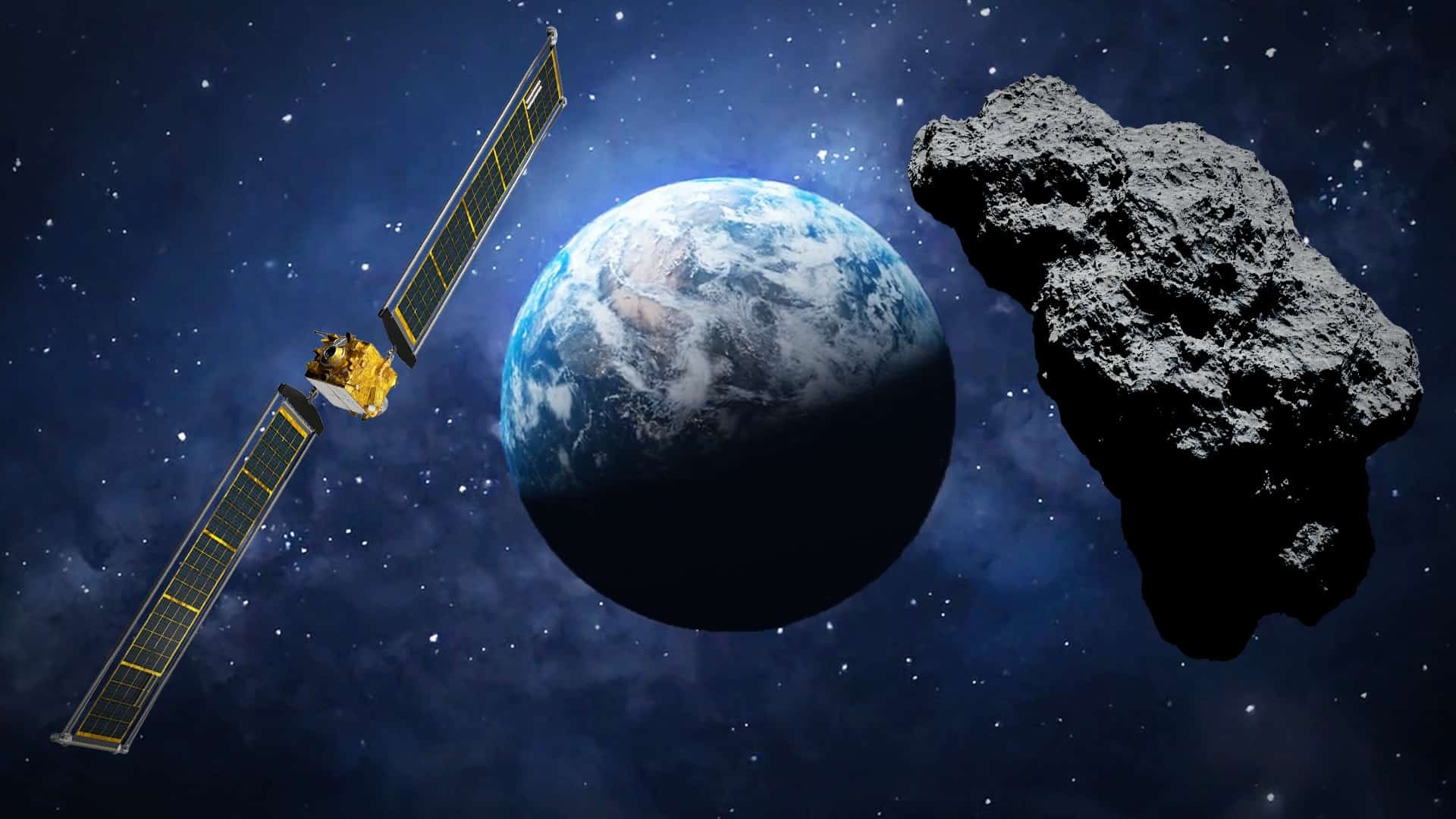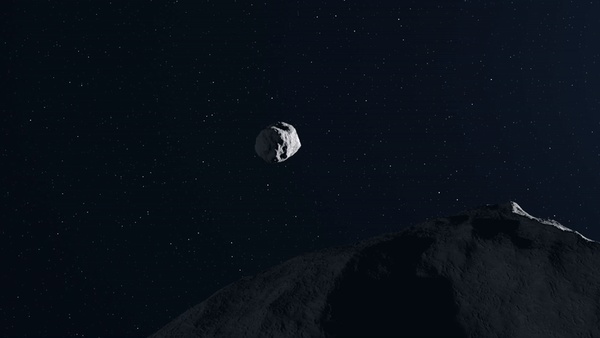On September 26, 2022, NASA’s DART mission collided with the asteroid Dimorphos orbiting the larger asteroid Didymos, demonstrating a kinetic collision method to divert their trajectory away from Earth of potentially hazardous asteroids.

By October 2026, the ESA’s Hera mission is due to investigate this system to test the effectiveness of the method for planetary defense. Nevertheless, this collision could have created debris in the form of meteorites that have a high probability of reaching Earth and Mars.
An international team of scientists conducted simulations to assess the possibility of debris reaching Earth and Mars in the form of meteorites. The researchers conclude that the debris is capable of reaching Mars and Earth within a decade after a controlled kinetic collision.
Dr. Eloy Peña-Asensio of the Polytechnic Institute of Milan led this team of scientists, which also included researchers from Barcelona, the Institute of Space Sciences and the European Space Agency. Their work is published in The Planetary Science Journal.

In their study, they used data from the LICIACube satellite that accompanied the DART mission and observed the collision. These data helped constrain initial ejection conditions, including trajectories and debris velocities from 50 to 500 m/s. Using NASA’s supercomputers, the team simulated the fate of this debris.
The results showed that the particles could reach Mars in 13 years and Earth in 7 years, depending on the ejection rate. However, according to more accurate calculations, it will require up to 30 years for the particles to reach Earth. These particles will probably be too small to create visible meteors, but they could form a new meteor shower, the Dimorphids.
The fragments that reach Earth will not pose a threat as they will burn up in the atmosphere, creating bright streaks of light. In a similar way, Martian meteors could also be detected by future missions.
This study provides important characteristics of possible future meteor showers, including their speed, direction, and time of occurrence. This is part of the uniqueness of DART’s mission and related research.
We previously reported on how DART discovered the unexpectedly young age of asteroids Didymos and Dimorphos.
According to ScienceAlert


